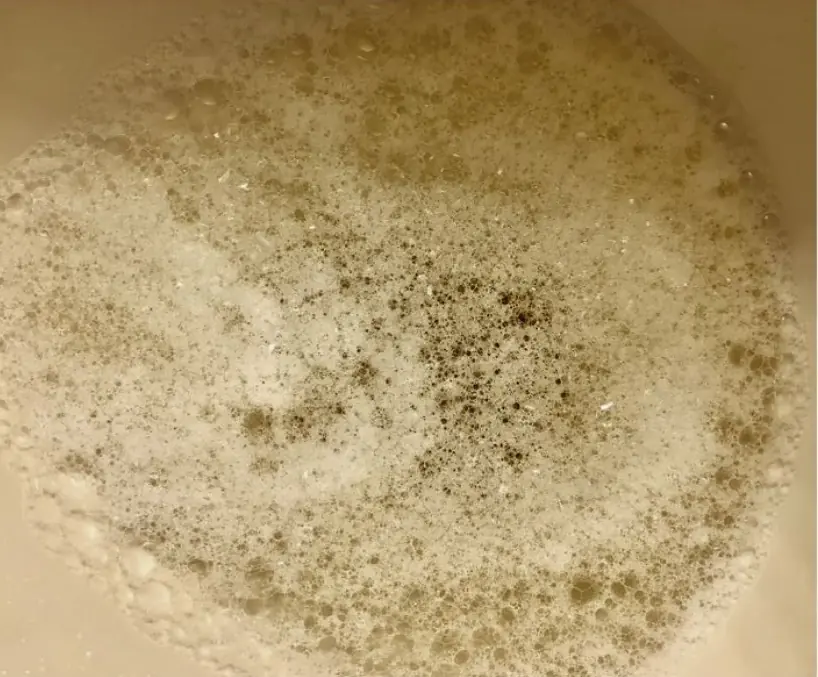
Two Kitchen Habits Behind Ova.rian Cysts — May Turn Can.cerous
Two Kitchen Habits Behind Ova.rian Cysts — May Turn Can.cerous, Yet Many Women Unknowingly Do Them
Don't let small daily habits become the root cause of ovarian cancer, ladies!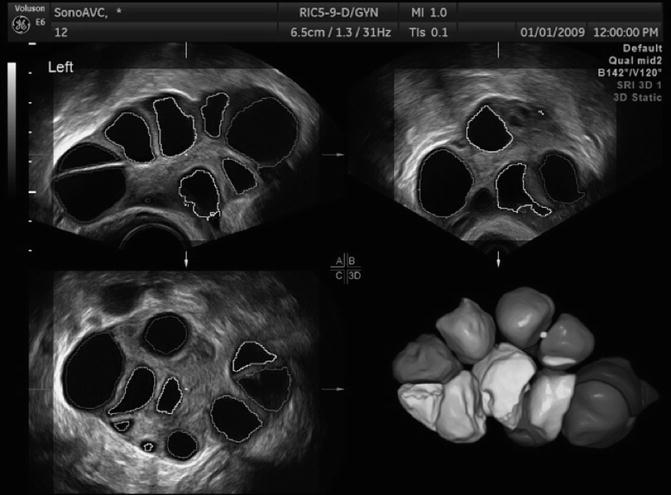
"It’s just a small cyst. I don’t feel anything—should be fine, right?" Many women think this way when seeing these words on a medical report, assuming that it means “benign.” But did you know? Some seemingly minor issues can hide major health risks, especially for women. Ovarian cysts are one of them.
We often think of the kitchen as the heart of the home—warm and welcoming—but few realize it may also be a high-risk area for certain gynecological conditions. For women, who are regularly exposed to kitchen fumes, there may be hidden threats silently laying the groundwork for malignant changes in the body.
“Many women ignore ovarian cysts after diagnosis because they don’t feel any pain or discomfort. Years later, they discover the cyst has grown significantly—or worse, transformed into ovarian cancer. This isn’t an exaggeration, but a common reality we see in outpatient clinics,” said Dr. Xiao Xiao, a practicing physician in China.
While the word “cyst” may sound soft and harmless, its outcome is not always so gentle. Some cysts gradually grow larger, compress nearby organs, or even develop into malignant ovarian tumors. Although this transformation doesn’t happen overnight, it often goes unnoticed due to the lack of obvious symptoms.
Many women often mention “irregular periods” or a “bloated stomach”, but few connect these to ovarian issues. Typically, when cysts reach a certain size, noticeable symptoms appear—abdominal pain, lower back pain, or even difficulty with bowel movements.
2 Common Kitchen Habits That May Cause Ovarian Cysts and Even Lead to Cancer
The kitchen is, in fact, a high-risk environment that’s often overlooked. Long-term exposure to cooking fumes, poor ventilation, and a greasy diet can all contribute to chronic pelvic inflammation—an important factor in the formation and growth of ovarian cysts.
“Studies have shown that women exposed to kitchen fumes regularly are at higher risk of ovarian issues. Data reveals that women who cook more than five times a week without using a kitchen hood face nearly 30% higher risk of developing gynecological tumors compared to others,” experts warn.
Many women who enjoy cooking assume that kitchen fumes quickly dissipate. What they don’t realize is that long-term exposure can leave lasting traces in the body—especially in small kitchens without good ventilation systems, where danger quietly accumulates.
In addition to fumes, eating habits also play a key role. Diets high in fat, sugar, and calories increase estrogen levels in the body—a key factor in the development of ovarian cysts and related tumors. While rich-flavored food may satisfy the taste buds, it can come at a high cost to your health.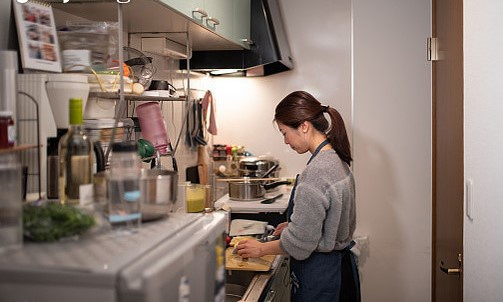
A Common Misconception: “If It Doesn’t Hurt, It’s Not Serious”
Another frequent misconception is that many people delay follow-up care after discovering a cyst, thinking it doesn’t affect their daily life. However, certain types—such as chocolate cysts—can impair ovarian function and even fertility if left untreated.
Don’t underestimate a 5cm cyst. It can silently affect your hormone levels or cause ovarian torsion without warning. Once acute torsion occurs, drinking hot water won’t help—you’ll need emergency surgery.
Routine Health Checks Are Key to Preventing Ovarian Cancer
Not all cysts need immediate treatment, but regular monitoring is essential. Many benign cysts will resolve on their own, but you must be able to detect any changes. Don't become complacent just because it seems harmless at first.
If a cyst is larger than 5cm, has irregular shapes, internal septations, or shows increased blood flow, it's a red flag. Ultrasound and MRI can help determine whether intervention or further treatment is necessary.
During health exams, you may come across many terms that are hard to understand—but don’t overlook “adnexal mass” or “ovarian cyst” on your report. These aren’t minor findings—they relate directly to your ovarian health.
Risk Factors for Ovarian Cysts
Many women become anxious after discovering cysts during menopause. This is a particularly critical time, as cysts that appear after menopause—especially large ones—have a relatively higher risk of turning malignant.
Another easily overlooked factor is family history. If you have a relative with ovarian or breast cancer, your own risk increases. Genetics plays a major role in some ovarian tumors. Don’t assume it’s “someone else’s problem.”
Lastly, don’t confuse “no symptoms” with “no problem.” The body doesn’t always scream in pain—it often whispers. Ovarian cysts are one of those quiet signals, and they can harbor hidden risks.
How to Reduce the Risk
Minimizing health risks in everyday life doesn’t need to be complicated. Maintain a regular schedule, avoid staying up late, exercise moderately, and keep your weight stable—these are all key to maintaining hormonal balance. Don’t brush these off as clichés; they are your true “firewalls.”
In terms of diet, try to reduce processed and fatty foods. Increase your intake of antioxidant-rich fruits and vegetables—such as broccoli, blueberries, and carrots—to help protect your ovaries. Green tea catechins also have anti-inflammatory and anti-cancer properties.
In the kitchen, a good range hood isn’t just decorative—it must be used every time you cook and cleaned regularly. If possible, choose steaming, boiling, or stewing over frying to reduce smoke and create a safer cooking environment.
Don’t Wait Until It’s Too Late
A health check is not just a formality. The information in your report is more than numbers—it’s a glimpse into your future health. Don’t let “nothing serious” turn into “too late,” especially with silent conditions like ovarian cysts. Early awareness is more important than anything else.
We often assume that illness comes with warning signs—but the most dangerous diseases are usually silent. Don’t let a busy life be your excuse for neglecting health, and don’t let fear prevent you from taking action.
News in the same category

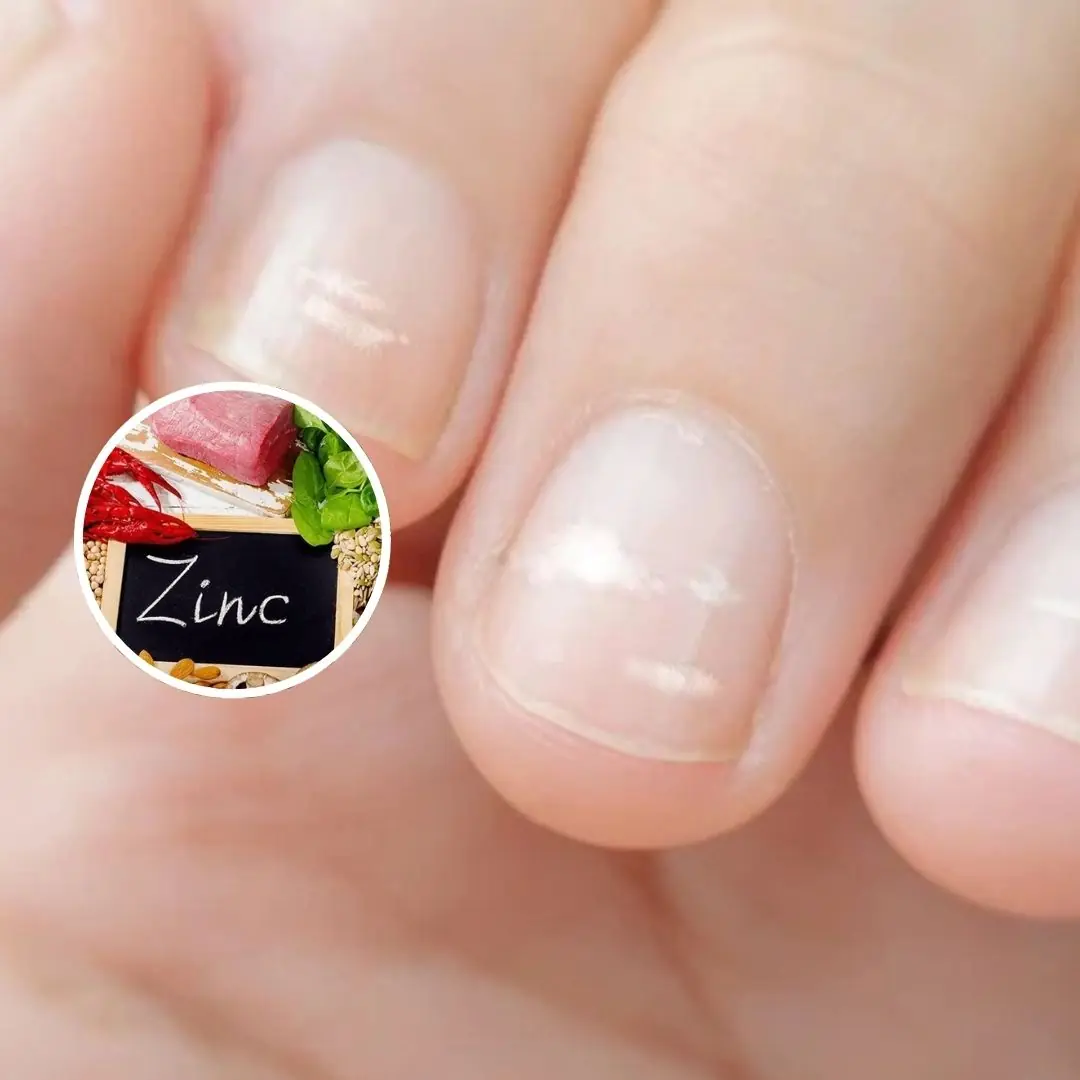
Your Body Might Be Low on Zinc — Here Are 6 Signs to Watch For

Woman gets brain infection after eating refrigerated watermelon
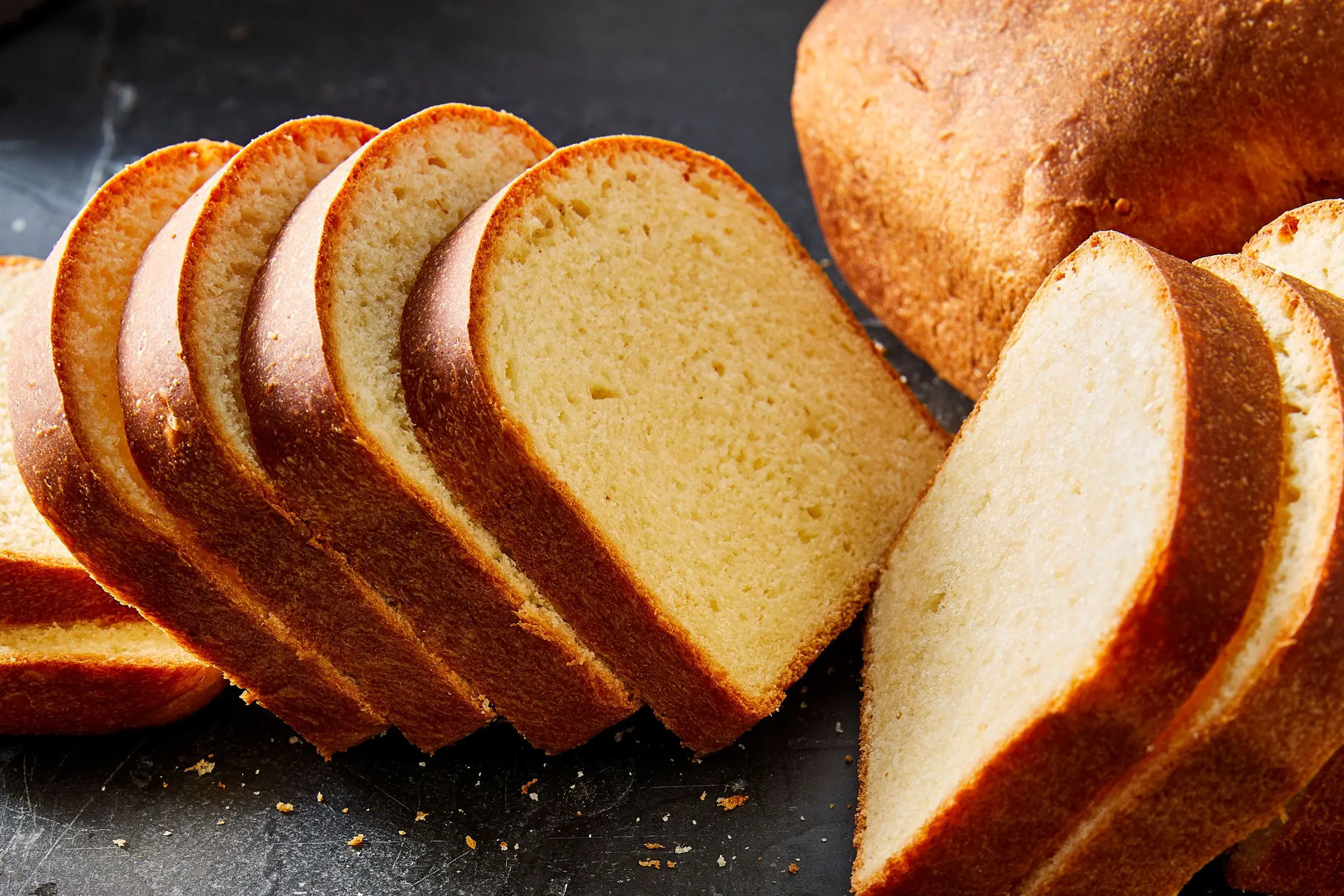
Bread May Be Delicious, But These 5 Groups Should Limit It
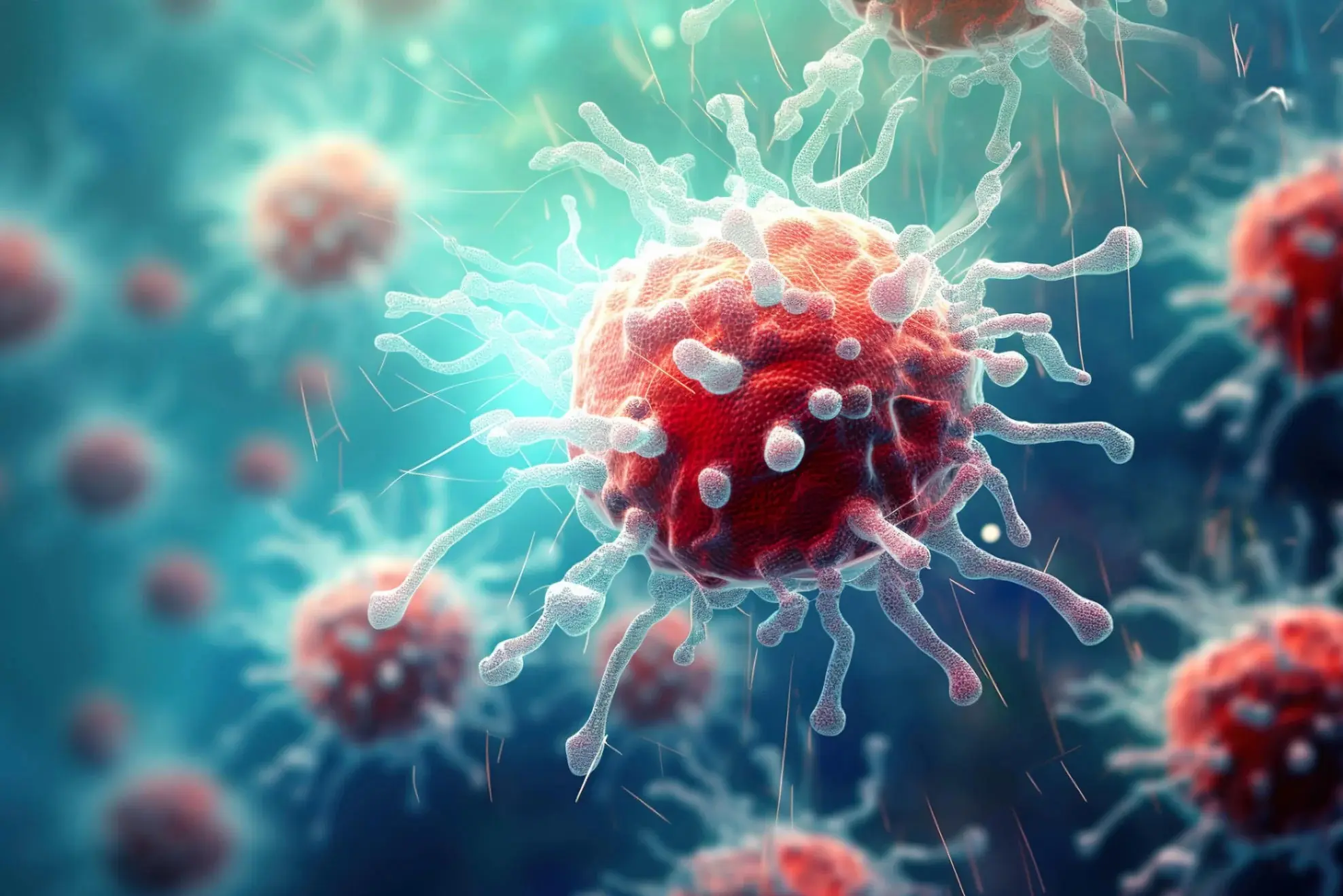
Identifying the “Switch” That Reduces Can.cer Cell Survival by 53%
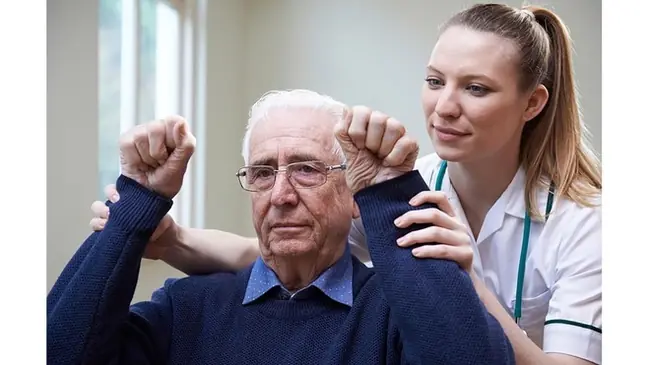
Just 3 Minutes in the Morning: This Simple Test Can Reveal Hidden He.art Disease
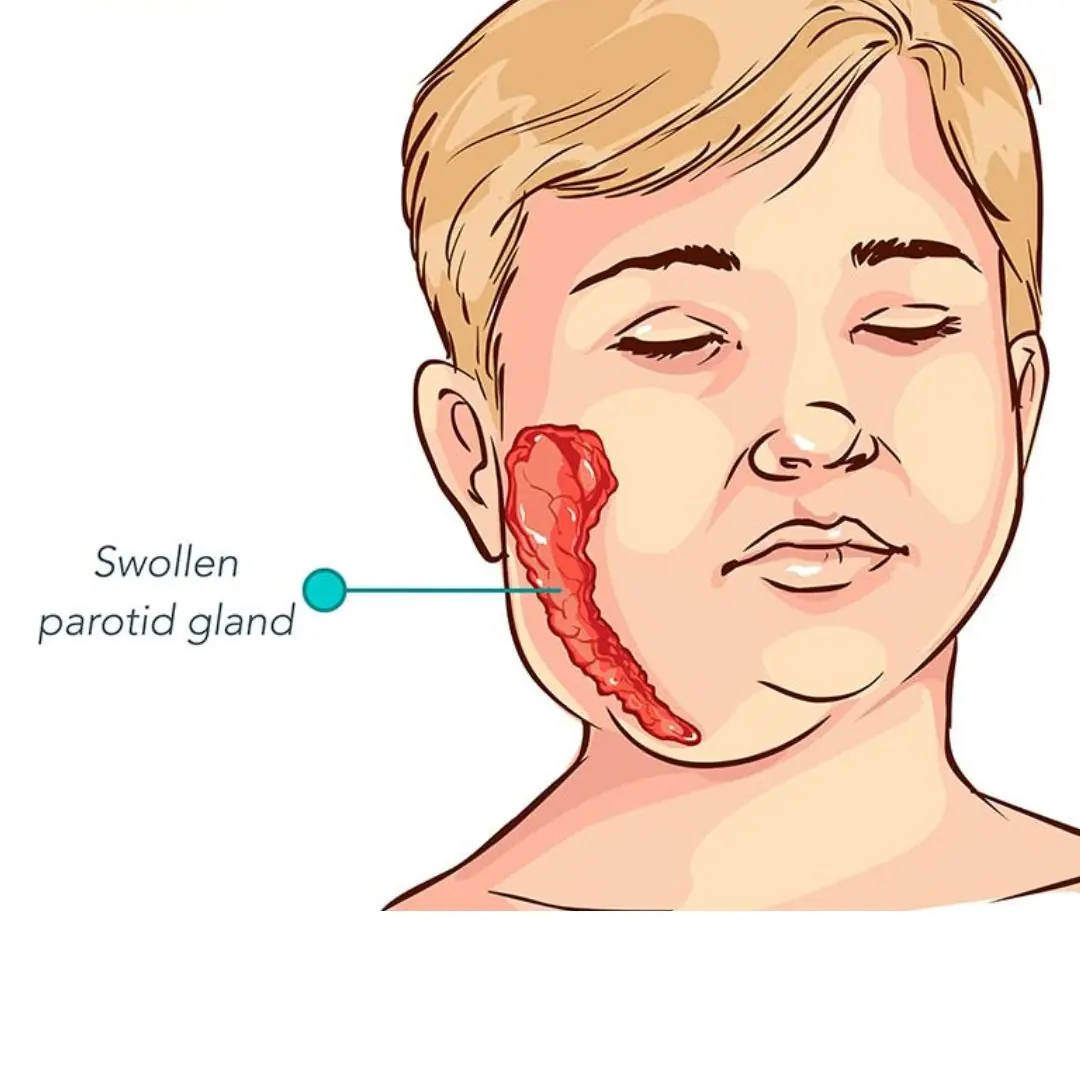
Does mumps in men affect reproductive health?
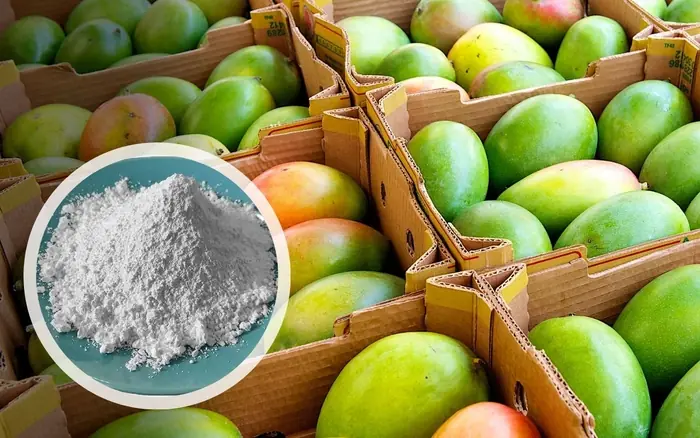
3 Types of Fruit Can.cer Cells “Love”
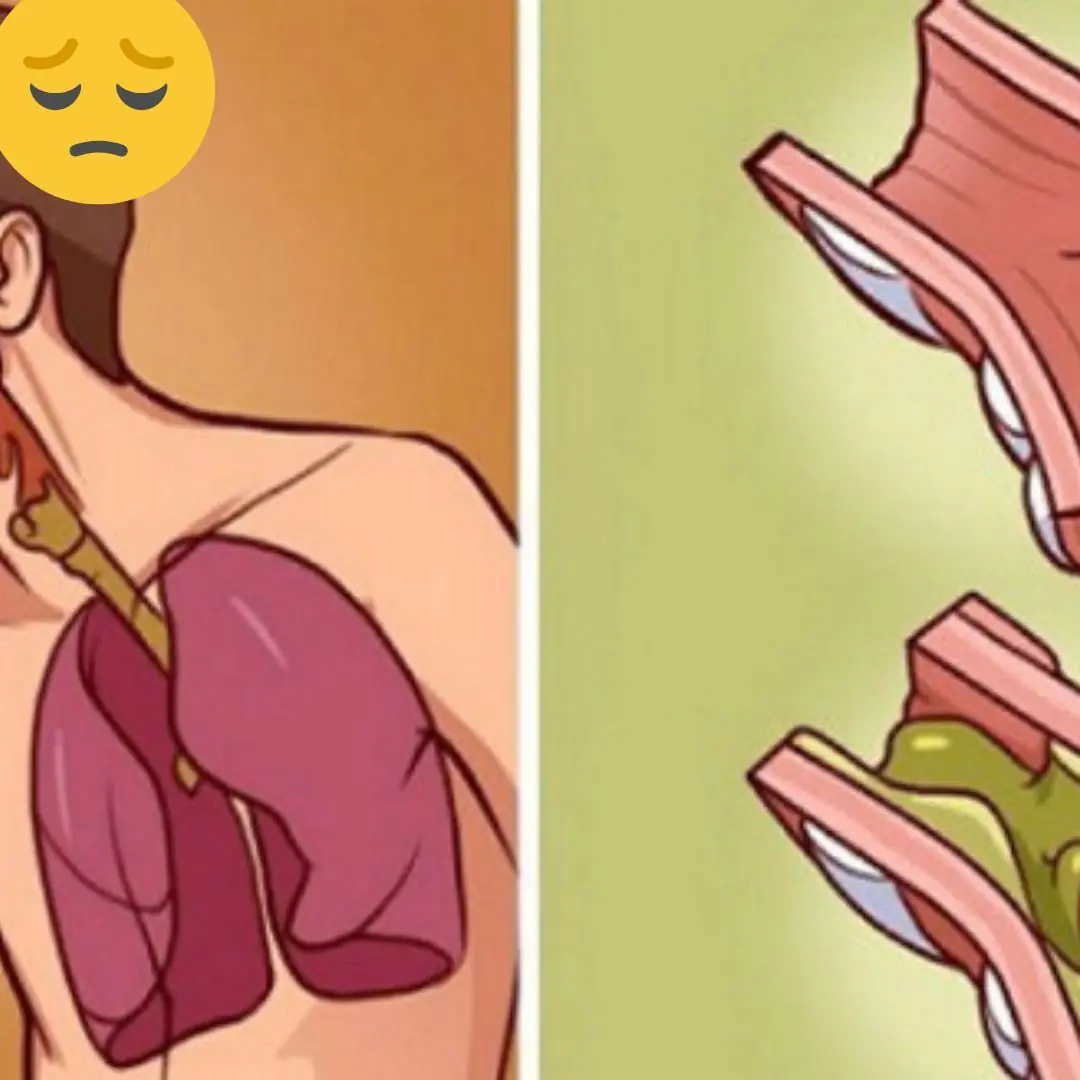
How to remove phlegm and mucus from chest and throat
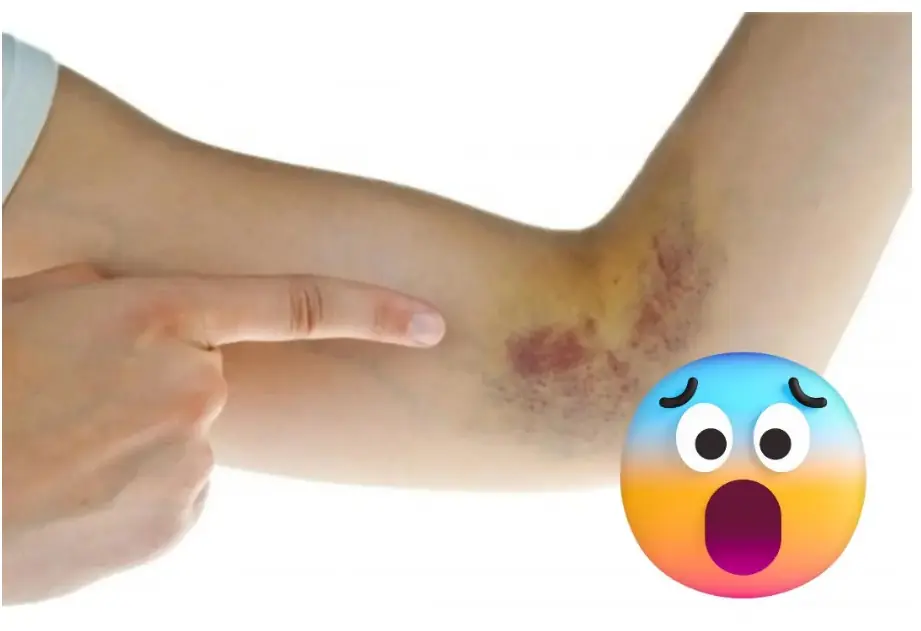
Simple signs to immediately recognize leukemia that you may never notice

3 Cooking Habits You Must Change Immediately

Why do hands and feet sweat in winter?
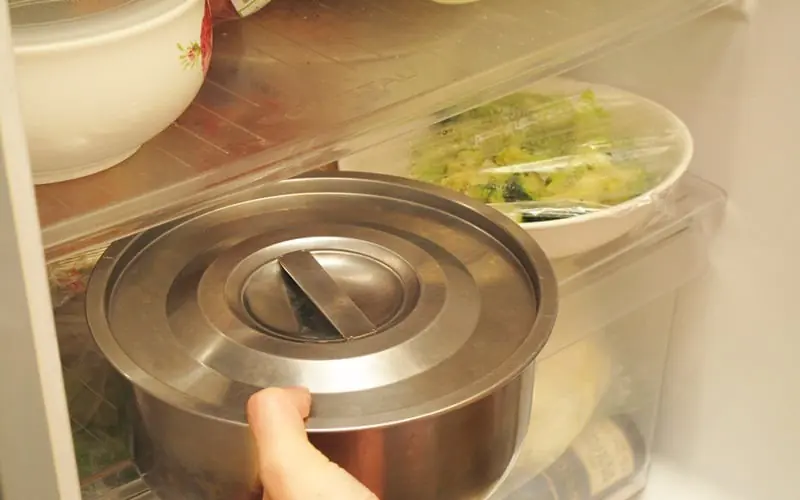
Both husband and wife were diagnosed with colon can:cer because of the same familiar habit!

Be Careful: 6 Common Foods Become To.xic When Reheated

These 3 types of fish should be eaten sparingly, they can increase the risk of can.cer, don't buy them just because they are cheap!

Want Radiant, Hydrated, and Glowing Skin This Summer? Eat These 5 "Magical" Fruits
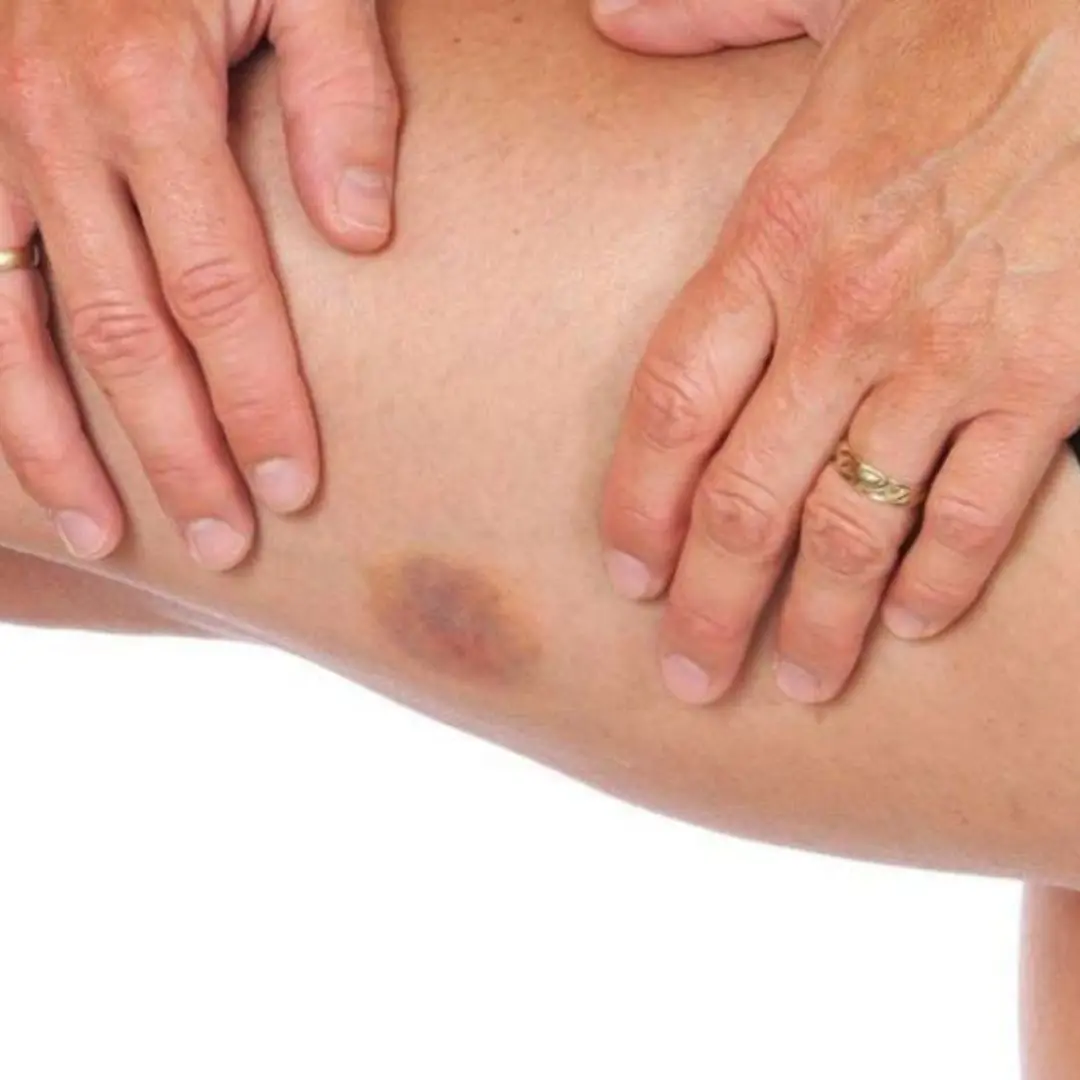
Unexplained Bruising on Your Body: Causes and Treatments
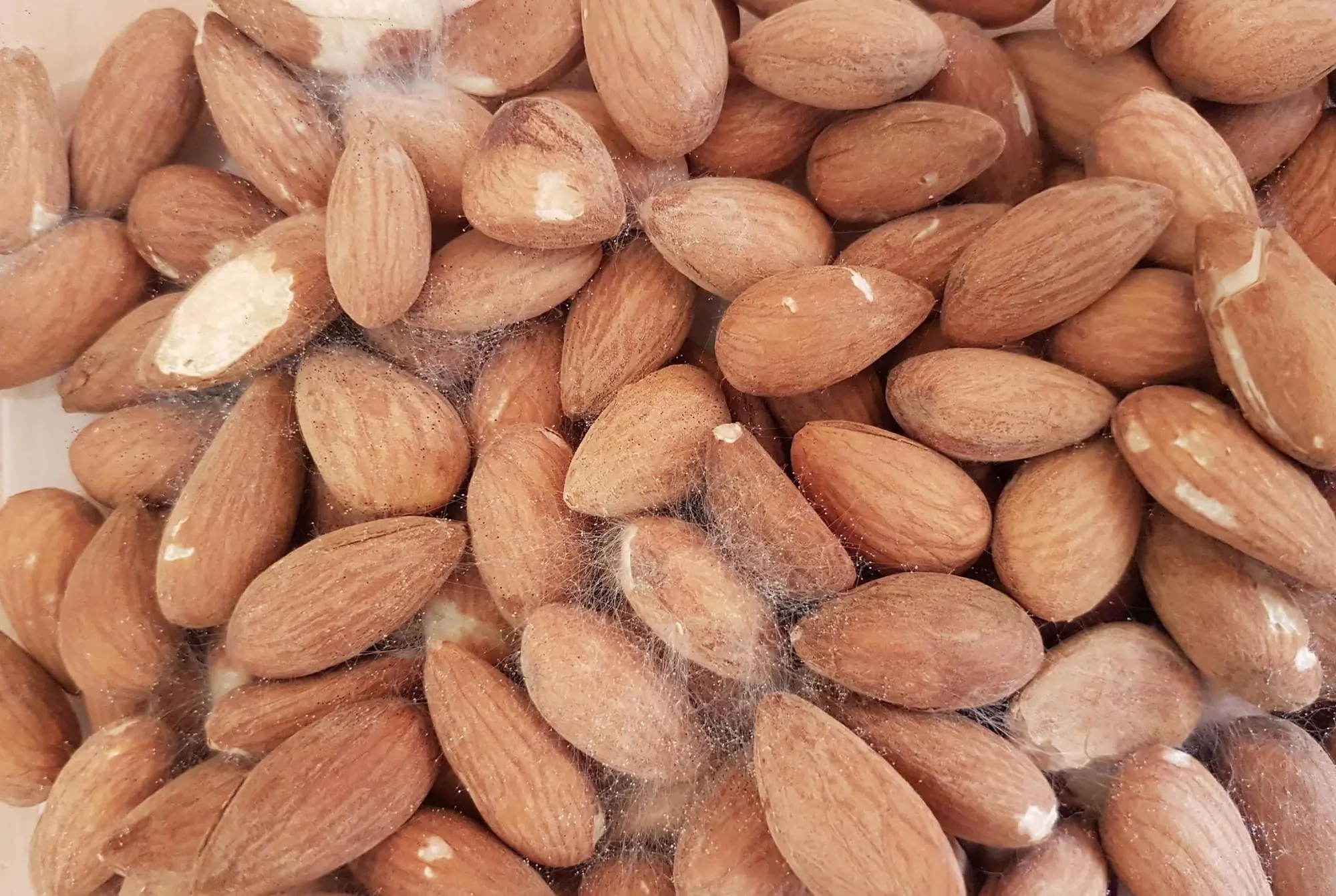
4 Types of Nuts You Should Never Eat If They've Been Sitting Around
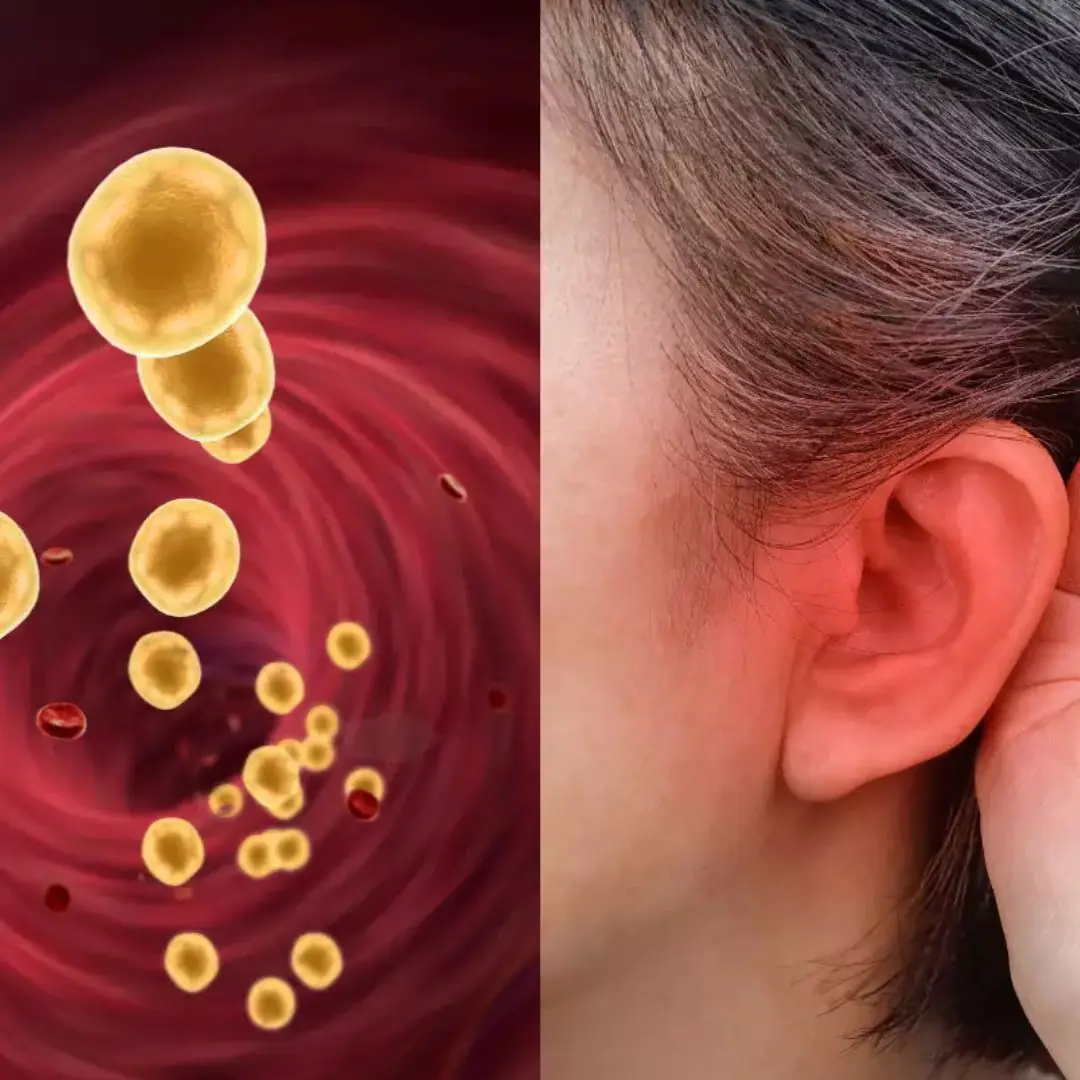
4 signs on the body to detect high bl.o.o.d f.a.t
News Post

6 Bodily Changes That Are “SOS Signals” From Your Kid.neys Before Can.cer

Does Using Strong Fan Mode on the Air Conditioner Consume More Electricity?

Your Body Might Be Low on Zinc — Here Are 6 Signs to Watch For
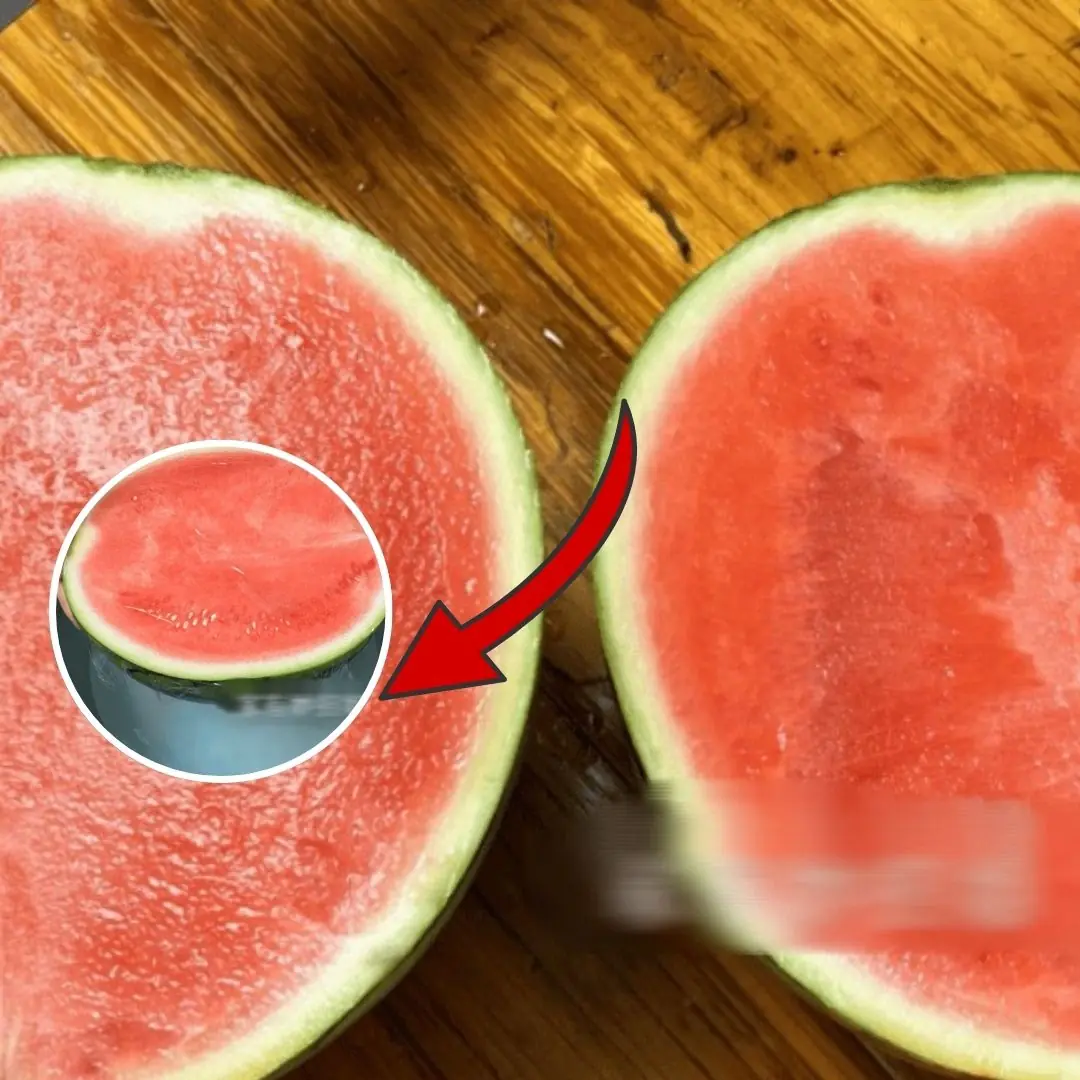
Leftover watermelon in the fridge is not necessarily safe – if not done properly, the risk of bacterial contamination is very high!

Woman gets brain infection after eating refrigerated watermelon

The Unpleasant Truth: 5 Familiar Items That You Think Are Clean But Are NOT, The Dirtiest Is Number 4 That Everyone Uses

Bread May Be Delicious, But These 5 Groups Should Limit It

The Surprising Benefits of Ginger Peel

Identifying the “Switch” That Reduces Can.cer Cell Survival by 53%

Just 3 Minutes in the Morning: This Simple Test Can Reveal Hidden He.art Disease

Does mumps in men affect reproductive health?

3 Types of Fruit Can.cer Cells “Love”

How to remove phlegm and mucus from chest and throat
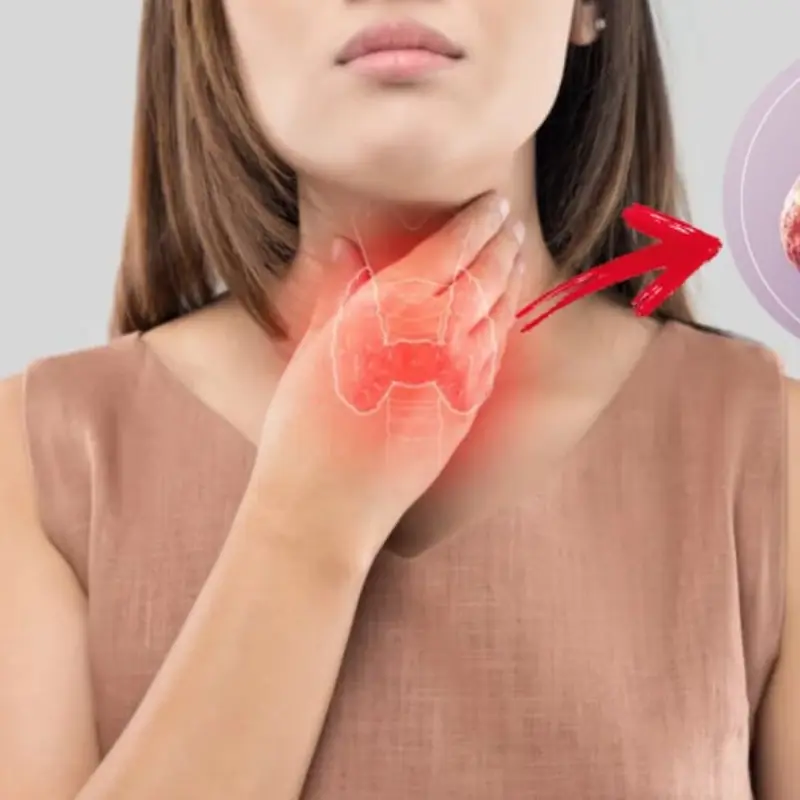
Thy.roid Can.cer Is a Silent Threat: 6 Groups of People Are at Higher Risk and Must Be Cautious

Simple signs to immediately recognize leukemia that you may never notice
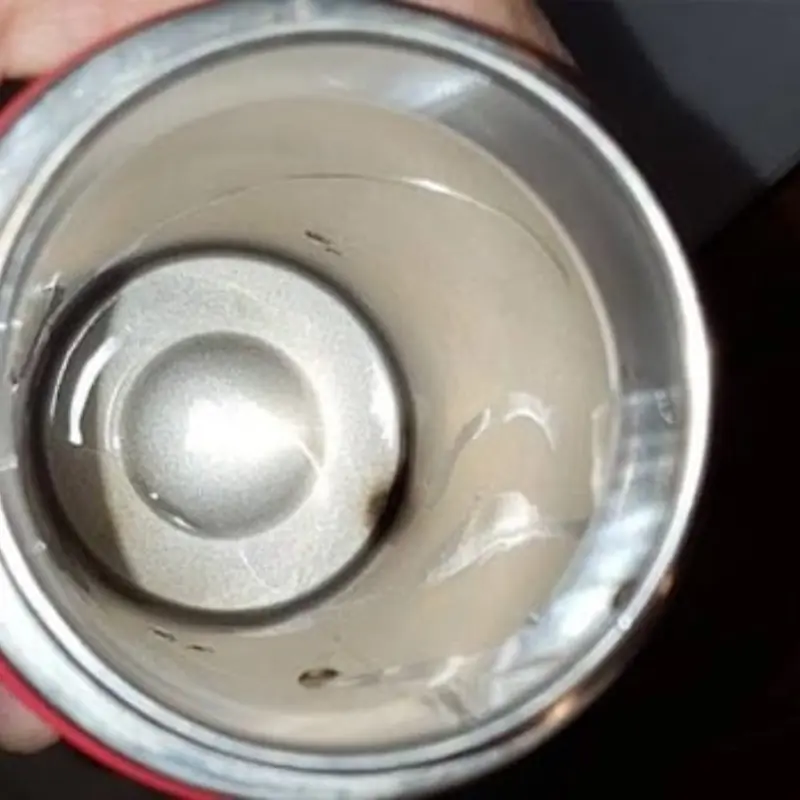
Warning: The Cup Many People Use to Drink Water Every Day Is No Different from “Drinking Poison”

Eat These 5 Foods to Cleanse and Detox Effectively Every Day
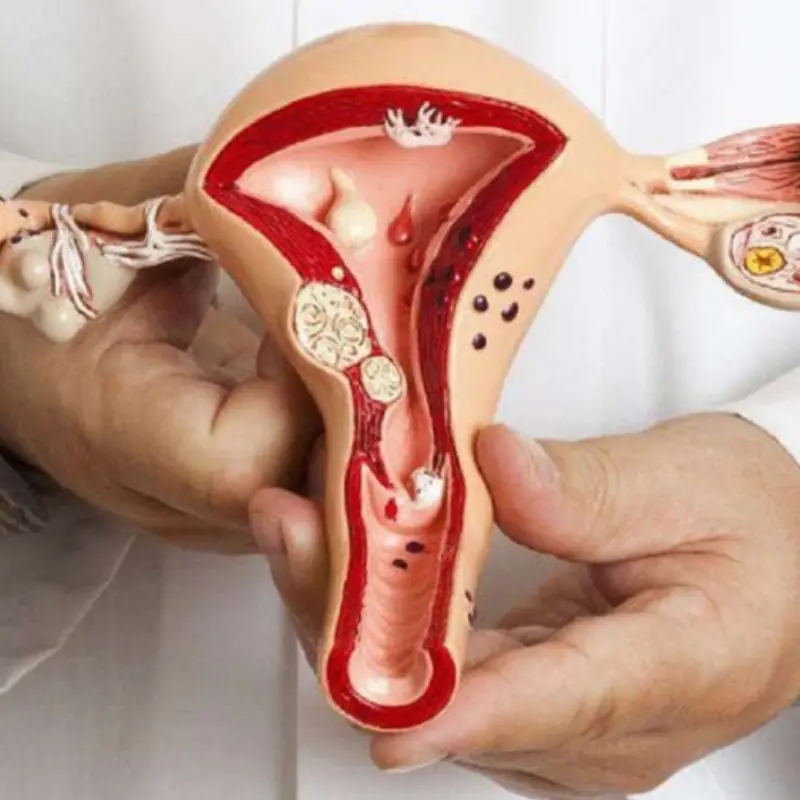
5 earliest signs of cer.vical can.cer: 90% of women tend to ignore them
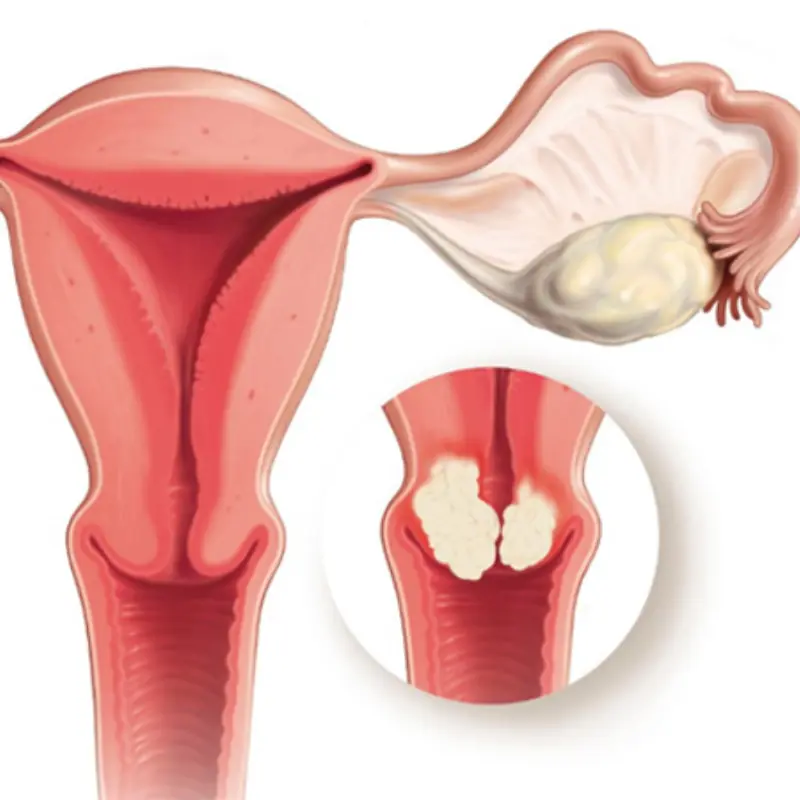
Women Who Frequently Eat These 5 Foods May Be Harming Their Uterus and Feeding Cancer Cells Without Knowing It
